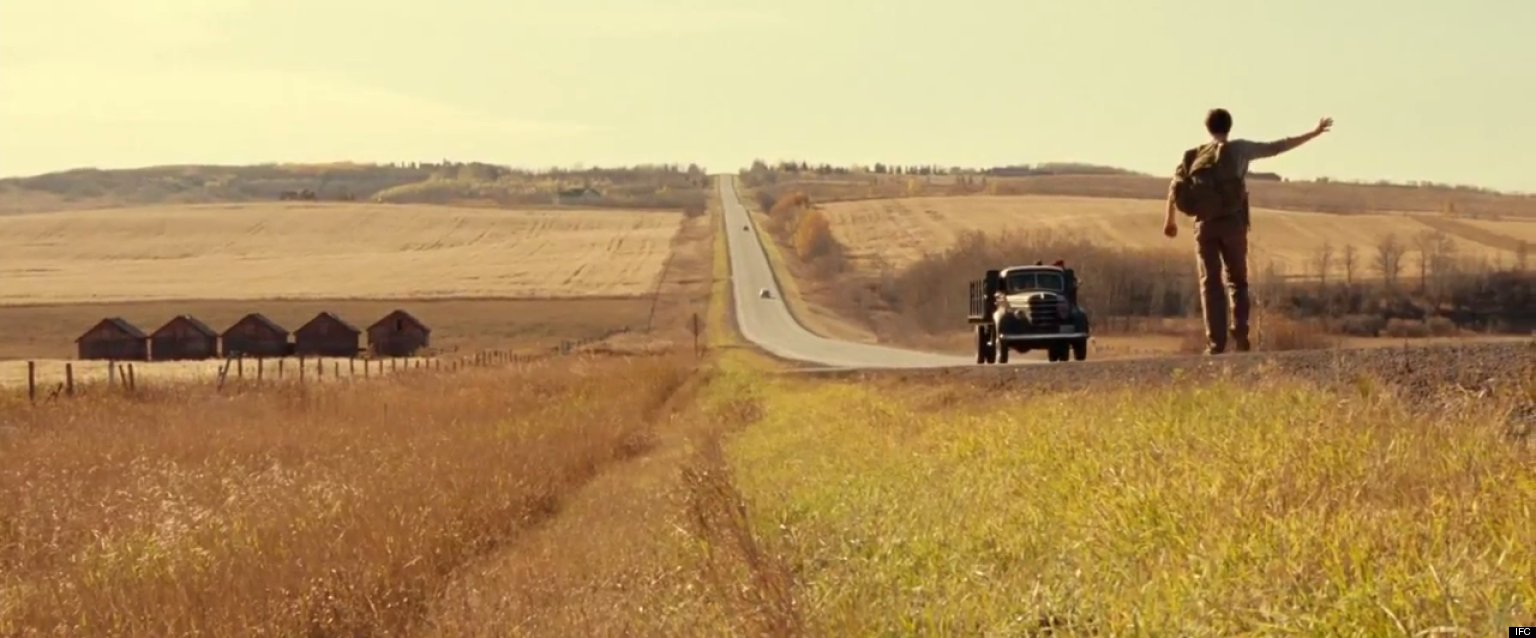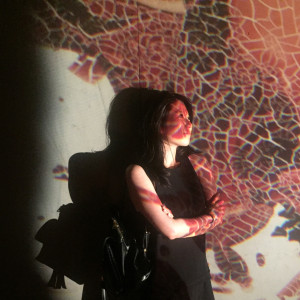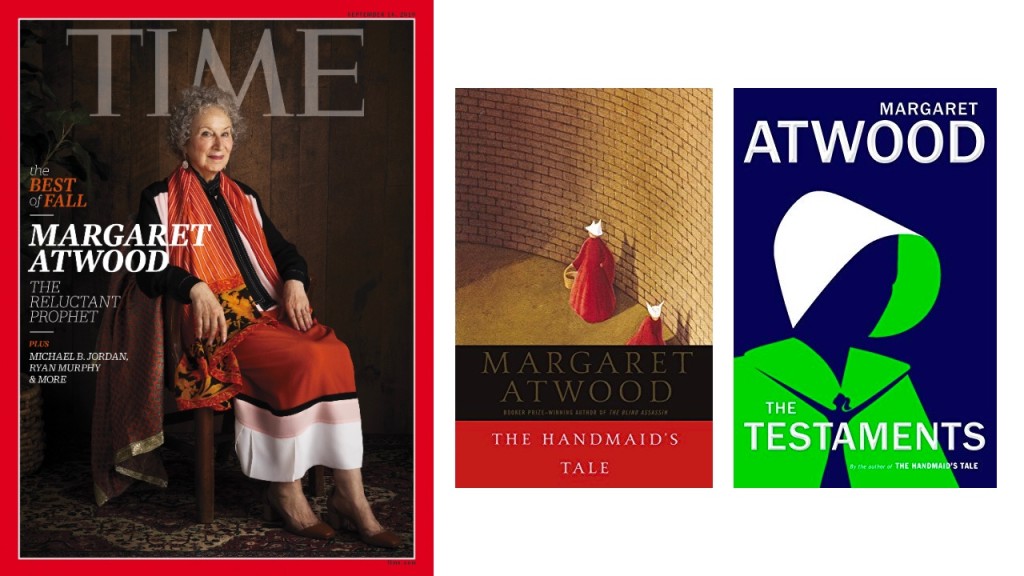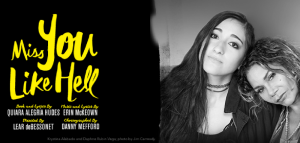Reading Margaret Atwood’s The Testaments takes me back to my high school AP Literature days when I first encountered her 1985 novel The Handmaid’s Tale. What was frightening then, a dystopian America where women are stripped of their rights and defined by their fertility (or lack of), continues to frame her 2019 sequel. While this time around Atwood appears to empower her Gileadean women—expanding her protagonists from one to three, giving the new protagonists names (Aunt Lydia, Agnes and Daisy/Nicole), and bestow on them the task of overturning Gilead—the new trio is no better than the Handmaid Offred (“Of [Commander] Fred”). The oft-forgotten male-narrated epilogue delivered by Professor Jame Darcy Pieixoto at the Gileadean Studies Symposium again hits home the fact that despite the effort of these women to break free from Gilead, they ultimately fail to escape the male-imposed narrative.
Category Archives: Art
Chasing the Romantic Sublime in Rachmaninoff Piano Concerto No. 2
The lone voice of the piano unveiled Sergei Rachmaninoff‘s Piano Concerto No. 2, starting with a series of powerful, brooding chords. With each play, a heightened sense of foreboding, and the tension quickly escalated into a breaking point that erupted into scaled musical statement that reverberated throughout the concerto.
The passion, whether uttered through powerful arpeggios or sweet romantic melodies, came rolling like waves unrelentingly, leaving one breathless with the distilled essence of love—both the pleasure of love anticipated and the pain of love unfulfilled.
The performance, performed by pianist Boris Giltburg, Pacific Symphony and guest conductor Ben Gernon, was a pursuit of the Romantic conception of the sublime. The state of being, a Romantic ideal, believes that the most memorable experience is not made up of pleasure alone, but also suffering.
Segerstrom Center for the Arts May 31—June 2 2018 Sergei Prokofiev Russian Overture Op. 72 Sergei Rachmaninoff Concerto No. 2 Igor Stravinsky Petrushka (1947 version)
On the road, but this time a mother-daughter team in “Miss You Like Hell”
Having read Jack Kerouac’s 1957 classic On the Road, I am fascinated by the idea of the “road trip.” To just go-despite being “so lonely, so sad, so tired, so quivering, so broken, so beat”-represents absolute freedom and complete agency.

Road trips have come to be an essential part of American society. The romanticized notion is best captured in Jack Kerouac’s book, “On the Road.” (image credit: 2010 movie “On the Road”)
The advent of automobiles in the 1950s, combined with highway expansion (the Interstate Highway System was created by the Federal Aid Highway Act of 1956) and cheap gas prices ($0.60 per gallon), strengthened accessibility and mobility throughout the country. Driving, or road trips, became synonymous with the American identity.
John Steinbeck declares in Travels with Charley: In Search of America that Americans hunger to move: “I saw in their eyes something I was to see over and over in every part of the nation-a burning desire to go, to move, to get under way, anyplace, away from any Here.”
This past Saturday, at La Jolla Playhouse, a road trip took place. The road-less-travelled kind, that of a Latina mother (Beatriz) and her 16-year-old daughter (Olivia).
English of Bangladeshi descent, Akram Kahn danced above and beyond with “Chotto Desh”
There was one dancer onstage, and from this single dancer stemmed the street of Bangladesh.
The voice-over informed you that the young man, although of Bangladeshi descent, identified himself with his birthplace, London. He was a boy when he first visited his father’s homeland. The cacophonous sound of the street traffic enveloped the dancer: cars honking, tires screeching, pedestrians chattering. He reached his arms first to the left then to the right as if pulled by an invisible force, his eyes looked alarmingly in the directions paralleling his limbs; the audience tasted his disorientation.
There was one dancer, but somehow his presence felt larger. Dancer arrived as a boy, then he morphed into a driver. The driver got into a car accident and Dancer turned back into a boy, Then, Dancer transformed into a crippled beggar, then a boy, then a man pulling a rickshaw, then a boy, then a woman carrying a basket on her head, then a boy…
Blending a mix of dance, text, visuals and sound, dancer/choreographer Akram Khan took a breathtakingly beautiful approach to storytelling using modern dance.
Taking elements from his personal life, Khan gave birth to Chotto Desh, meaning “small homeland”; it is a growing-up story of a young man grappling with his cross-cultural background. Profoundly moving, innovative and magnificent, Kahn moved seamlessly among realms of Bangladesh and England, past vs. present, imagination vs. reality, and tangible vs. visceral.
Not just a pretty facade, Highline illuminated “Blood Mirrors”
“Up Late,” a two-hour after-dark event from 9 p.m. to 11 p.m., brought together music, immersive theater and installation art to the High Line located in Manhattan’s Far West side last Thursday. Arguably one of the most eye-catching exhibition was New York-based artist Jordan Eagles’ High Line projections.
The mechanics behind the display was simple, requiring only overhead projectors and transparencies. Operating on the principle of which a focusing lens projects light from an illuminated side onto the glass top, the rich hues from the transparencies were superimposed unto the High Line.The allure, however, was not in the sheer magnitude of the installation, but its constant fluidity. If someone happened to stand in front of a projector, a shadow was cast; if someone came across the path of a projected image, his or her face instantly changed into something alien, tribal even.
Indeed, High Line projections extended beyond static frameworks of traditional paintings, Instead, the artwork’s preexisting state of being continue to morph and transform in reaction to the passing onlookers. Attendees turned from passive lookers to active participants. Actions, whether standing still or moving, reconstructed the projected millisecond by millisecond.

New York-based artist Jordan Eagles added another coat to The Highline, that of preserved and suspends blood.
Eagles’ work was pretty, interactive and selfie-worthy. But what if I were to tell you the transparencies were reprints from blood? Continue reading


